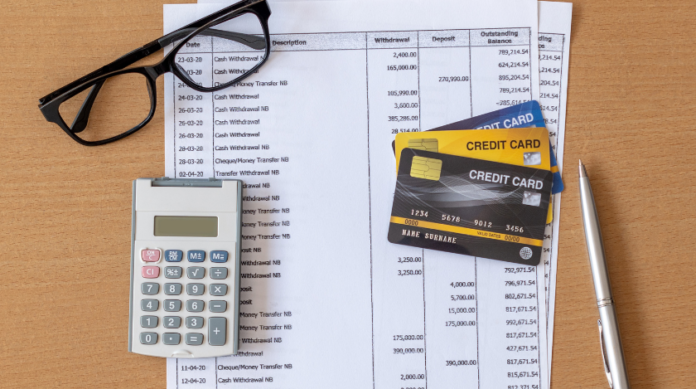In the world of sales and customer service, how you close a call can be just as important as how you start it. The closing statement is your final opportunity to make a lasting impression, reinforce the customer relationship, and secure the outcome you desire, whether that’s making a sale, resolving an issue, or simply ensuring the customer feels valued. Crafting effective call-closing statements that convert requires a mix of strategic thinking, empathy, and clear communication. Here are some tips to help you master the art of call-closing and achieve a winning finish.
1. Reinforce the Value Proposition
One of the most effective ways to close a call is by reinforcing the value proposition of your product or service. This approach reminds the customer of the benefits they’ll gain and can gently nudge them toward making a decision. For instance, if you’ve just discussed the features of a product, your closing statement might be, “I’m confident this solution will help you achieve [specific goal]. Shall we proceed with the next steps to get you started?”
By directly linking the closing statement to the value the customer stands to gain, you create a natural progression toward closing the deal.
2. Summarize the Key Points
A well-crafted summary of the conversation not only ensures that both parties are on the same page but also gives the customer a clear understanding of what has been discussed and what will happen next. This technique is especially useful in longer or more complex calls. A good closing statement might be, “To recap, we’ve covered [key points]. I’ll send you a confirmation email with all the details. Is there anything else you’d like to address before we wrap up?”
This approach not only reinforces the key takeaways but also opens the door for any final questions or concerns, making the customer feel heard and valued.
3. Create a Sense of Urgency
In sales, creating a sense of urgency can be a powerful tool. However, it’s important to use this technique judiciously to avoid coming across as pushy. A well-phrased closing statement could be, “I wanted to let you know that our current promotion ends soon. Would you like to take advantage of this offer today?”
This statement creates a gentle nudge for the customer to make a decision sooner rather than later, which can be especially effective in converting hesitant prospects.
4. Ask for the Sale
Sometimes, the simplest approach is the most effective. Directly asking for the sale can be highly successful, especially if the conversation has gone well and the customer seems interested. A straightforward closing statement might be, “It sounds like this product is a great fit for your needs. Are you ready to place your order?”
This direct approach works well when the groundwork has been laid, and it’s clear that the customer is leaning toward making a purchase.
5. Offer Additional Assistance
Closing a call by offering further assistance shows the customer that you’re committed to their satisfaction, even beyond the immediate transaction. A closing statement in this vein might be, “If you have any more questions or need further assistance, please don’t hesitate to reach out. I’m here to help.”
This approach leaves the door open for future communication and reinforces the relationship, which can lead to repeat business and referrals.
6. Confirm the Next Steps
Clear communication about what will happen next is crucial for leaving the customer with a positive impression. Whether it’s shipping details, follow-up appointments, or additional information, confirming the next steps in your closing statement ensures there’s no confusion. A statement like, “I’ll send you the contract for review, and once you’ve signed, we can schedule the delivery. Does that sound good to you?” ensures the customer knows exactly what to expect.
This clarity helps prevent any misunderstandings and keeps the process moving forward smoothly.
7. Express Gratitude
Never underestimate the power of a simple “thank you.” Expressing genuine gratitude in your closing statement helps strengthen the relationship and leaves the customer with a positive feeling. A heartfelt closing might be, “Thank you for your time today. I appreciate your interest in our products, and I’m looking forward to working with you.”
This not only wraps up the call on a positive note but also reinforces the customer’s decision to engage with you.
8. Be Sincere and Authentic
Above all, your closing statements should be sincere and authentic. Customers can easily detect when a statement feels scripted or insincere, which can undermine all the work you’ve put into the call. Tailor your closing statements to the individual customer and the specific context of the call. For example, “I’m really excited about the solution we’ve found for you. I think it’s going to make a big difference in your [specific area]. Let’s get started on this together.”
This personal touch can make all the difference in converting a call into a sale or a satisfied customer.
Conclusion
Crafting call-closing statements that convert is an essential skill in sales and customer service. By reinforcing the value proposition, summarizing key points, creating a sense of urgency, and being sincere, you can ensure that your calls end on a high note. Remember, the goal of the closing statement is not just to finalize the transaction but also to leave the customer feeling valued and understood, setting the stage for a lasting and positive relationship.




